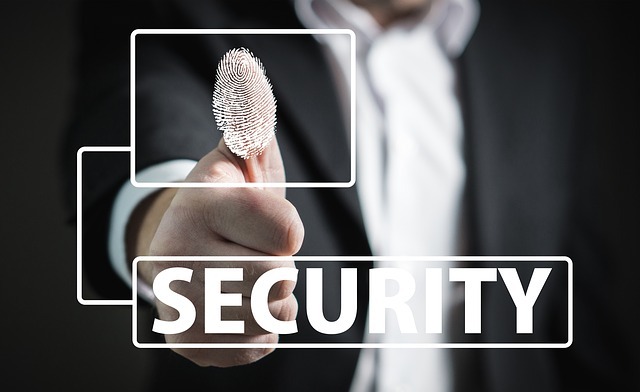Communication is an integral part of the business process. You have to keep in contact with all colleagues, employees, employers, and clients to ensure everything is running smoothly. Digitization of the real-world tasks has made things easier, faster, and more efficient. There is, however, one drawback that came with it. It has made us more vulnerable to security threats. Digital platforms aren’t very secure unless you take additional precautionary measures. Here I have shared how you can keep your voice and video data secure from unauthorized access.

Get a Secure VoIP System
VoIP is an efficient communication system that uses hardware and software with a medium of internet. You can make audio calls and send files to other people connected to the same network. Many businesses are using a VoIP system for communication within their organization. It is considered secure as only a selected number of people can access it. Acquire services of the best VoIP company to ensure no outside threat can breach your security. A good VoIP company has features of advanced cloud-based technology, HD voice quality, customizable service options, and extra layers of protection.
Use an IPS
Installing a powerful firewall and an additional Intrusion Prevention System will make it difficult for unauthorized users to access your system. The IPS will monitor the entire network and filter all unauthorized, unusual, and insecure activities. A lot is done while filtering these three things. It leaves almost no possible way for an exploiter to enter your system. A new user trying to access information isn’t something an IPS can’t notice. As soon as it will detect anything like this, it will block it and notify the administrator.
Encrypt Your Transmission
Encryption is the most reliable method to secure a communication line. A hacker might be able to break into your system, but he won’t be able to get any information if your data is encrypted. Encryption is a process that converts data into an unreadable format. This data is decrypted only when it reaches its destination that has the key to turn it into its original form. Usually a powerful cipher encrypts the data, and a decipher to decrypt it – both use the same key generated by the system.
Create User Profiles
Make your communication network limited to only relevant actors. Create user profiles of all employees that work in your organization and allow only them to make a call or share files. This will ensure the overall security of your system. The exploiter will be left with only choice to hack an employee’s account, and that’s also not as easy it may sound.
Restrict Calls
Have your IT manager configure dial plans of the system you use and restrict communication to ensure even an insider can’t do any harm. This step will allow only a defined type of communication in only a specified manner. You can allow only eligible devices or users to make calls. It will also give you the option to authorize access only at specific periods of time. You know the timings of your employees and when they need to send a file or make calls. If you restrict the schedules, no one will be able to exploit your system even he has access to a user account.